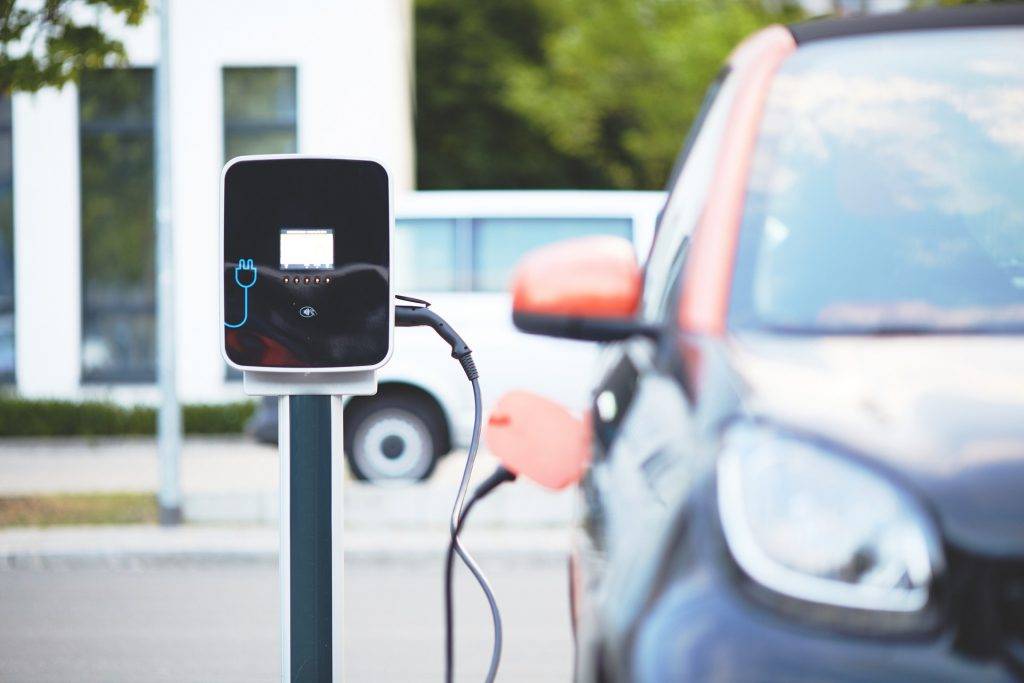
The Challenges of Expanding EV Charging Network
The rise of electric vehicles (EVs) is changing transportation. They provide a cleaner and more sustainable option than petrol and diesel cars. However, a key challenge is expanding EV charging networks. Although more people are switching to electric cars, many still worry about finding charging stations.
Governments and companies are trying to improve EV infrastructure. They face issues like high installation costs, grid capacity, charging speed, and where to place stations. This article looks at the main obstacles to expanding EV charging networks and possible solutions for a smooth shift to an electrified future.
The Need for Widespread EV Charging Infrastructure

The appetite for EV charging stations is skyrocketing as electric vehicles hit the streets. Unlike petrol stations, which have aged like fine wine, EV infrastructure is still a budding flower. To keep pace with the surge of electric cars zooming by, charging networks need to bloom rapidly and efficiently.
A robust EV charging network is essential for:
- Reducing range anxiety among drivers
- Encouraging more people to switch to electric cars
- Supporting the transition to renewable energy
- Reducing reliance on fossil fuels
- Meeting government climate goals
However, scaling up charging networks is not without its challenges.
High Installation and Maintenance Costs

One of the biggest barriers to expanding EV charging networks is the cost of installation and maintenance. Setting up a charging station requires significant investment in equipment, permits, and labour. The cost varies depending on the type of charger being installed:
- Level 1 Chargers are low-cost but take several hours to charge an EV fully.
- Level 2 Chargers need more electrical setup. They offer quicker charging times.
- DC Fast Chargers are expensive, but they offer quick top-ups. This makes them perfect for public charging stations.
Beyond installation, maintenance and operational costs also add to the financial burden. Chargers must be regularly inspected, repaired, and upgraded to keep up with evolving technology.
Potential Solutions
- Government grants and subsidies to offset installation costs
- Incentives for businesses and homeowners to install chargers
- Public-private partnerships to share infrastructure investment
- Using smart charging systems to optimise energy use and reduce costs
Power Grid Capacity and Load Management
Another pressing challenge lurks in the electric shadows: EV charging’s toll on power grids. As drivers plug in and juice up, electricity demand surges, creating potential chaos. This phenomenon could spell grid instability, particularly when the evening rush hour strikes.
Key Issues
- Charging multiple EVs simultaneously can overload local grids.
- Fast chargers consume a large amount of energy in a short period.
- Rural areas may lack the grid infrastructure needed to support high-powered chargers.
Potential Solutions
- Investment in grid upgrades to accommodate higher demand
- Smart charging technology that schedules charging during off-peak hours
- Vehicle-to-grid (V2G) systems that allow EVs to return energy to the grid
- Expansion of renewable energy sources to support sustainable charging
Charging Speed and Consumer Convenience
One of the common complaints among EV drivers is charging speed. While petrol refuelling takes only a few minutes, charging an EV can take significantly longer, depending on the charger type.
- Slow chargers (Level 1): 6-12 hours for a full charge
- Fast chargers (Level 2): 2-6 hours for a full charge
- Rapid chargers (DC fast chargers): 30-60 minutes for 80% charge
For widespread EV adoption, charging times must be reduced to make EVs as convenient as petrol-powered cars.
Potential Solutions
- Development of ultra-fast charging technology (350kW+ chargers)
- Battery improvements to support faster charging without degrading performance
- Expansion of wireless EV charging for hands-free convenience
Accessibility and Location Challenges
Expanding charging networks goes beyond simply adding more chargers. It’s about strategically placing them where they’re needed most. Many drivers, especially those in apartments without driveways, face significant hurdles. Finding accessible charging stations can turn into a frustrating scavenger hunt. Every mile counts, and convenience is key for electric vehicle owners. Let’s light the way to a brighter, more connected future.
Key Issues
- Lack of charging stations in rural or less-populated areas
- Insufficient public chargers in busy urban locations
- Charging stations blocked or occupied for extended periods
- Limited access to chargers for drivers without private parking
Potential Solutions
- Installing public chargers in residential streets and car parks
- Partnering with supermarkets, shopping centres, and workplaces to provide charging points
- Implementing charging station reservation systems to reduce wait times
- Encouraging businesses to offer workplace charging for employees
Compatibility and Standardisation Issues
Different EV manufacturers use different charging connectors and standards, creating confusion and inconvenience for drivers. Standardisation is key to making EV charging more accessible.
Common Charging Standards
- CCS (Combined Charging System) – Widely used in Europe and North America
- CHAdeMO – Used by some Japanese EV brands
- Tesla Supercharger – Exclusive to Tesla, though adapters are available for other EVs
- Type 2 (AC charging) – Standard for most public chargers in Europe
Potential Solutions
- Industry-wide standardisation to ensure compatibility
- Governments enforcing universal charging standards
- Multi-standard charging stations to support all connector types
The Role of Wireless EV Charging
Wireless EV charging is an emerging technology that could address some of the accessibility and convenience issues associated with traditional plug-in charging. This system uses electromagnetic fields to transfer energy between a charging pad on the ground and a receiver in the vehicle.
Benefits of Wireless Charging
- Eliminates the need for cables and plugs
- Allows automatic charging when parking over a charging pad
- Reduces wear and tear on charging connectors
- Could be integrated into roads for dynamic charging while driving
However, wireless charging is still in its early stages and faces challenges such as efficiency losses, high costs, and infrastructure investment.
Future Outlook
- Further development of high-efficiency wireless charging technology
- Pilot programmes to test wireless charging roads
- Potential integration into smart city infrastructure
Conclusion
Wiring up the world with electric vehicle (EV) charging networks is crucial. It fuels the rising tide of electric vehicle adoption. Challenges like rising costs, grid strain, slow charging, and access issues are ahead. But innovations and government actions are helping to overcome these obstacles.
To turbocharge the charging infrastructure, harmony is key. Governments, businesses, and energy providers must join forces. The industry is moving fast. Solutions like quick charging, cordless options, and smart grids will boost efficiency and make things easier for everyone.
For EV owners or those pondering the electric leap, keeping up with the latest charging innovations is vital. It ensures you can navigate your journey toward sustainable driving with savvy.
What do you think is the biggest challenge facing EV charging networks today? Share your thoughts in the comments!


